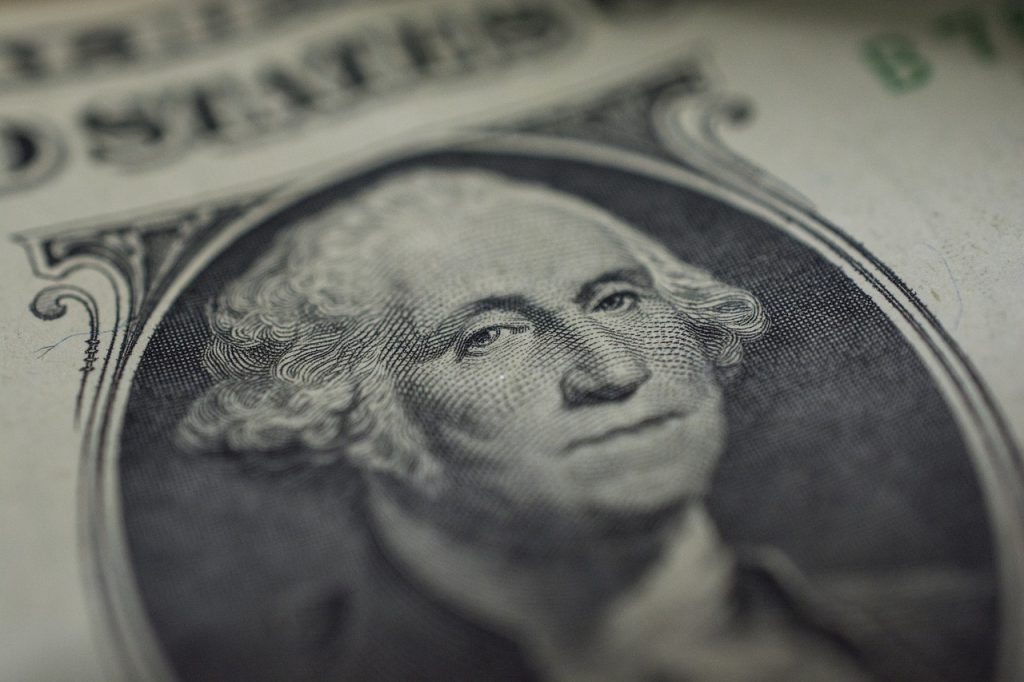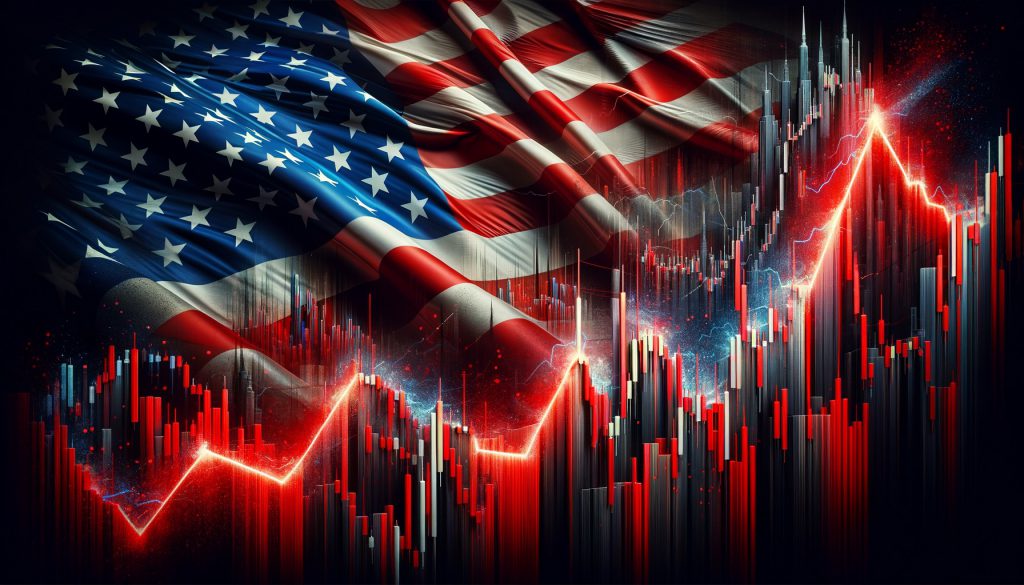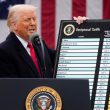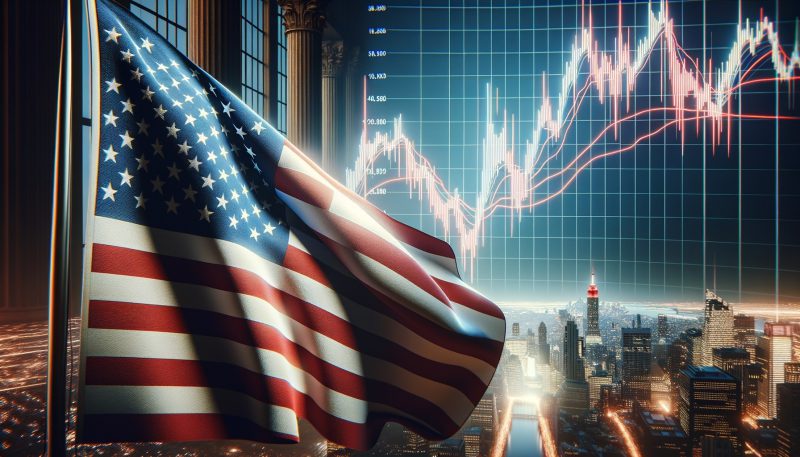As the BRICS bloc has continued to challenge the dollar, the odds of the US already being in a recession have reached 40% according to a new indicator. Indeed, the data notes that the economy entered a recessionary state as early as March of this year. That may have factored into the $2 trillion stock market crash that took place earlier this month.
Panic regarding a US recession has been undeniable. Moreover, the root of that panic has been the main proponent of BRICS de-dollarization activity. Recent commodity price drops have now extended concern to the global economy. All rooted in an overreliance on the greenback.


Also Read: BRICS: Another Country Announces Its Ditching US Dollar for Oil Trade
US May Already Be in Recession, New Indicator Shows
The US economy has consistently been in a fragile state. With the Federal Reserve leaving interest rates at a 23-year high, recession fears are at sky-high levels. That has imbued the market with a new sense of panic. Although some financial institutions have calmed more dire prognosis, one data set points to a concerning reality.
Indeed, as the BRICS bloc attempts to lead a financial revolution away from the dollar, US recession odds reach 40%, according to a new indicator. Specifically, economists Pascal Michaillat and Emmanual Saez released a new indicator built on the Sahm Rule.
The Sahm rule was created by economist Caludia Sahn. it uses three-month-moving averages of unemployment and the past 12-month low to distinguish a recessionary state. If the difference between the two is at least 0.5, the country is in recession. Michaillan and Saez instead use unemployment and the vacancy rate of jobs. Therefore, making the indicator two-sided.


Also Read: BRICS: 2 New Countries Start Buying Oil From Iran, Ditch the US
If their indicator is a difference of 0.3 points, a recession may have already started. If it is at 0.8 points, there is no debate of its presence. When observing July, the indicator read 0.5 points. That points to a 40% chance that a recession has already reached the US, and started in March.
The new indicator was correct for recessions as far back as 1930. Conversely, the Sahm rule only works as far back as 1960. This could point to a new way of looking at the US economy concerns. That is especially true if things don’t get better.
The BRICS bloc has sought greater global dependency in finance. The overreliance on the West has been an issue it has confronted. With the US central bank not expected to lower rates until September, things could get worse before they get better.





